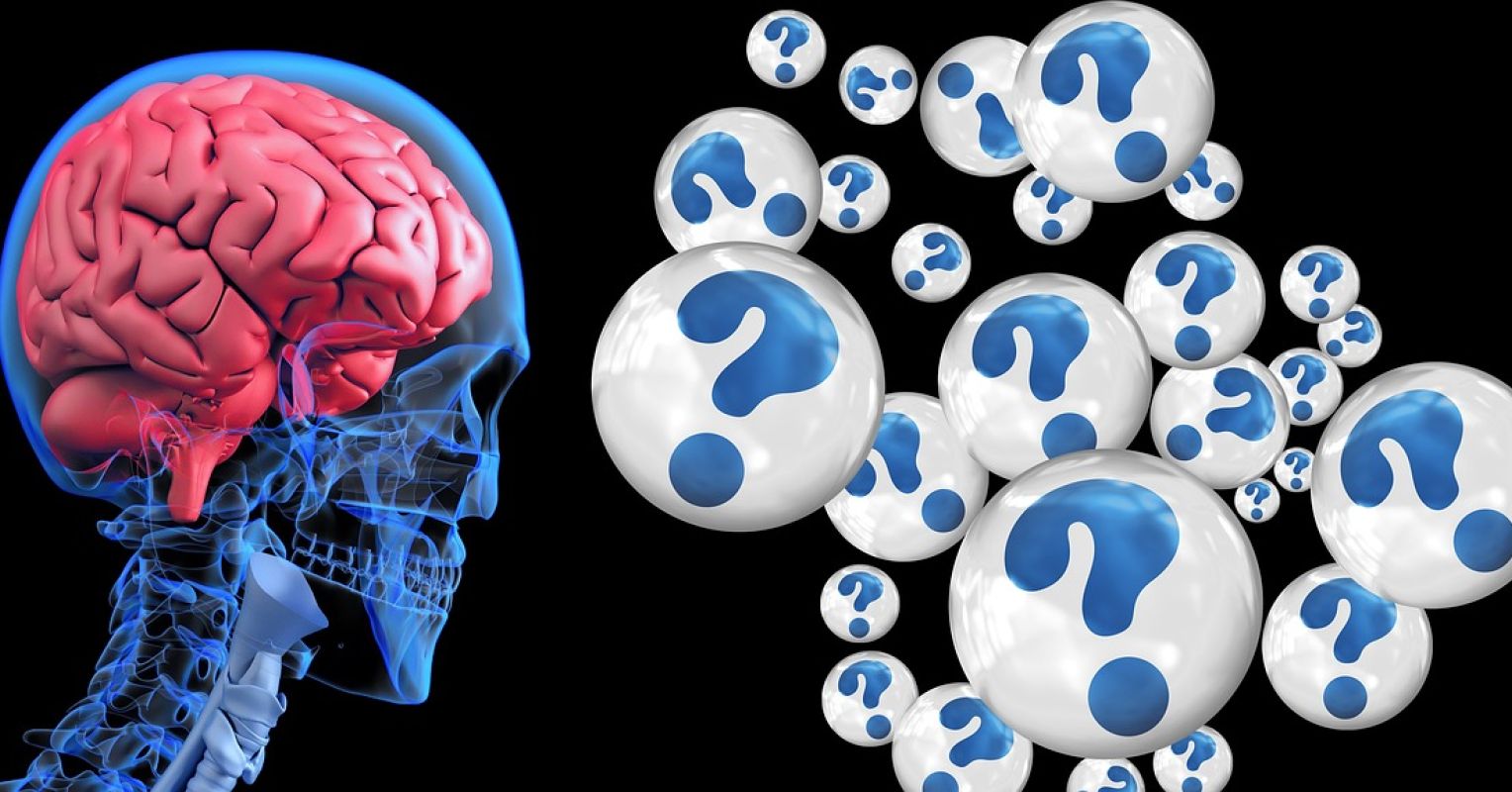970x125
Psychological science is really our best shot at making sense of how people think, feel, and act. It’s rooted in old philosophy but runs today on experiments, observation, and data. Back in the late 1800s, Wilhelm Wundt had the bold idea to treat consciousness like something you could study in a lab, the same way you might study a chemical reaction or a falling apple.
But people aren’t atoms. We don’t follow fixed laws. We’re emotional and shaped by the world around us. Context, memory, trauma, culture, and love all matter. That’s why psychology can feel less like a clean, testable science and more like an ongoing attempt to find patterns in a world that rarely sits still.
Even so, psychology works hard to stay grounded. It leans on real tools, hypotheses, controlled experiments, psychometrics, and long-term studies to bring structure to all that chaos. It tries to ask honest questions and find repeatable answers. But it hasn’t always nailed it.
Remember the “replication crisis”? Researchers tried repeating famous psychology studies and, well, many flopped. It was a gut check and wake-up call. Since then, the field has pushed for more openness: pre-registering studies, sharing data, and owning its mistakes (Rosenfeld, Balcetis, & Bastian, 2022). Psychology started looking in the mirror and asking, “Are we doing this right?”
When the World Got Weird
Then came COVID-19. A global crisis that was also, in a way, a psychological stress test. As science scrambled to fight the virus, people dealt with fear, grief, and isolation. Anxiety spiked. Misinformation spread faster than the virus. And the psychological side of the pandemic, the part about human behavior, became just as important as any vaccine or ventilator.
One big issue was mixed messages. People were told one thing one week and something else the next, about masks, about lockdowns, about risk. That confusion, especially in a time of fear, chipped away at public trust. Studies showed that falsehoods with emotional punch, such as anger, fear, and outrage, spread more than calm, factual corrections (Pennycook, McPhetres, & Zhang, 2020). Basically, bad news had better marketing.
Culture added another layer. So much of the research behind public policy is based on WEIRD samples: Western, Educated, Industrialized, Rich, Democratic populations. But people around the world think differently, trust differently, and behave differently. What worked in New York didn’t always work in Nairobi. Psychologists had to reckon with the fact that human behavior isn’t one-size-fits-all (Mukhtar, 2021).
Truth, Trust, and Trying Again
Today, one of the biggest psychological challenges is truth itself. Conspiracies spread quickly. Facts are debated. People live in online bubbles that reinforce what they already believe. A field called social epistemology tries to understand how we form beliefs in groups. And what it has found is that misinformation is about ignorance and identity. We believe things that feel true to us, that align with our group, our worldview, and our values (Kirmayer, 2024). This puts psychology in a difficult spot. It’s supposed to be scientific, but people, its subject, are anything but neutral. That includes the researchers themselves.
Maybe that’s also what makes psychology worth paying attention to. It doesn’t pretend to have it all figured out. It updates. It corrects itself. It tries again. That kind of honesty and intellectual humility is rare and valuable, especially now. Psychology may never be a “hard science,” but it is a human one. It helps us dig into why we do what we do. Why we hold onto certain memories. Why grief hits the way it does. Why we fall into the same patterns, or how we find the strength to break them. Psychology gives us a way to make sense of things like love, loss, bias, resilience, and healing, with answers and better questions. In a world that often feels pulled apart, that kind of understanding isn’t a luxury. It’s a necessity.



